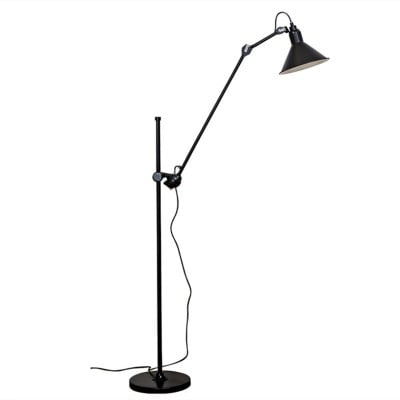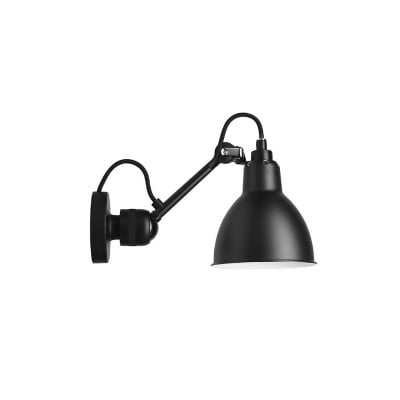Lampe Gras Flexible
12.10.2021
1431
Lampe Gras is a type of flexible, fabric-covered light bulb. It was invented in France in the late 1800s and has been used in a variety of ways since then.
The lampe gras is typically made up of a metal filament inside a glass globe that is covered with fabric or plastic to diffuse the light. It can be found in both commercial and residential settings, but it's most commonly used for commercial purposes.
A lampe gras can be used as an accent light, or as part of an overall lighting scheme. It's also great for outdoor applications like patios and decks because it doesn't need to be wired into an electrical system.
Share
Related posts
09
Aug
2022
Don't miss the Vertigo pendant lamp replica at a good price!
The Vertigo pendant lamp replica is suitable for creating a visual center in these areas like...
01
Jun
2022
Want to buy an economical petite friture vertigo replica?
Want to buy an economical petite friture vertigo replica? The vertigo suspension lamp by...
01
Jun
2022
Render an art environment with Vertigo pendant light replica!
The Nordic Vertigo pendant light replica is made of fabric and polyurethane. The special material...
17
Okt
2021
Flos 2097/18 Sarfatti
Artificial intelligence is the future of content generation and writing. AI writers are a step in...
17
Okt
2021
Flos 2097/30 Messinki
Messinki is a Finnish word which means “messenger”. It's used to describe a person who delivers...
17
Okt
2021
Flos 2097/30 Hinta
The flos 2097/30 hinta is a Finnish-language version of the floss, a Finnish word for thread. It...
17
Okt
2021
Flos 2097 Lamp
The flos 2097 lamp is a product that is made of a glass bulb, a filament, and an LED. The glass...
17
Okt
2021
Flos 2097 Prezzo
The flos 2097 prezzo is a new type of wine that has been created by the French winemakers.
17
Okt
2021
Flos 2097/30 Gebraucht
The flos 2097/30 is a German-made, state of the art, automatic typewriter that was manufactured...
17
Okt
2021
2097 Flos Ottone
The flos ottone is a type of star-shaped constellation. It was first described by the astronomer...









0 comment(s)